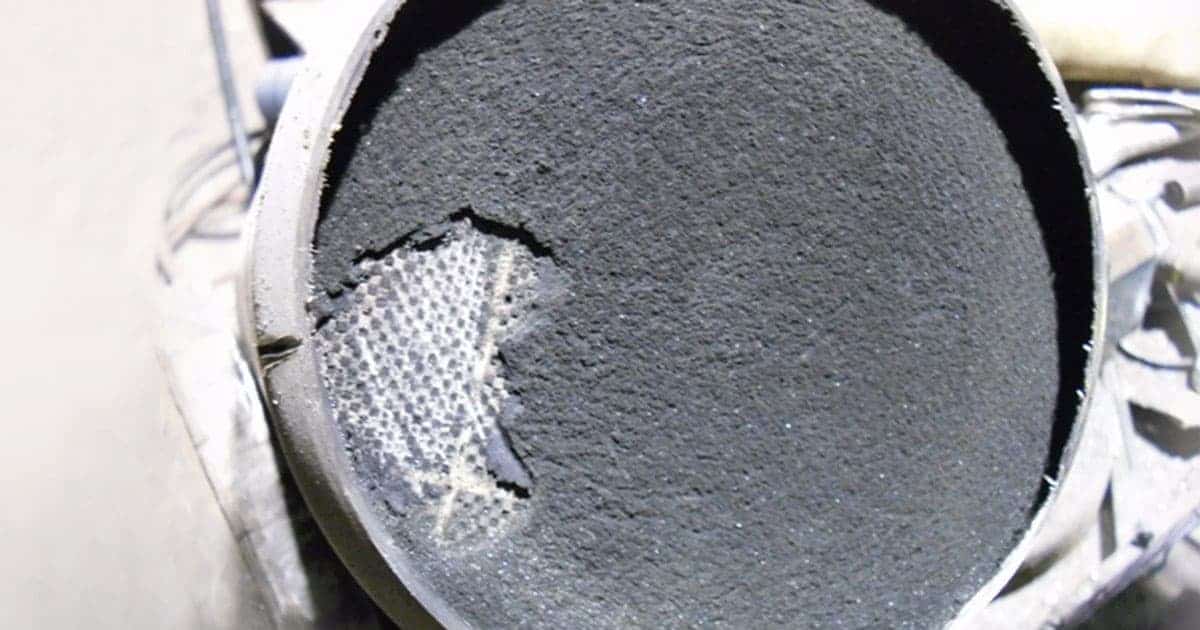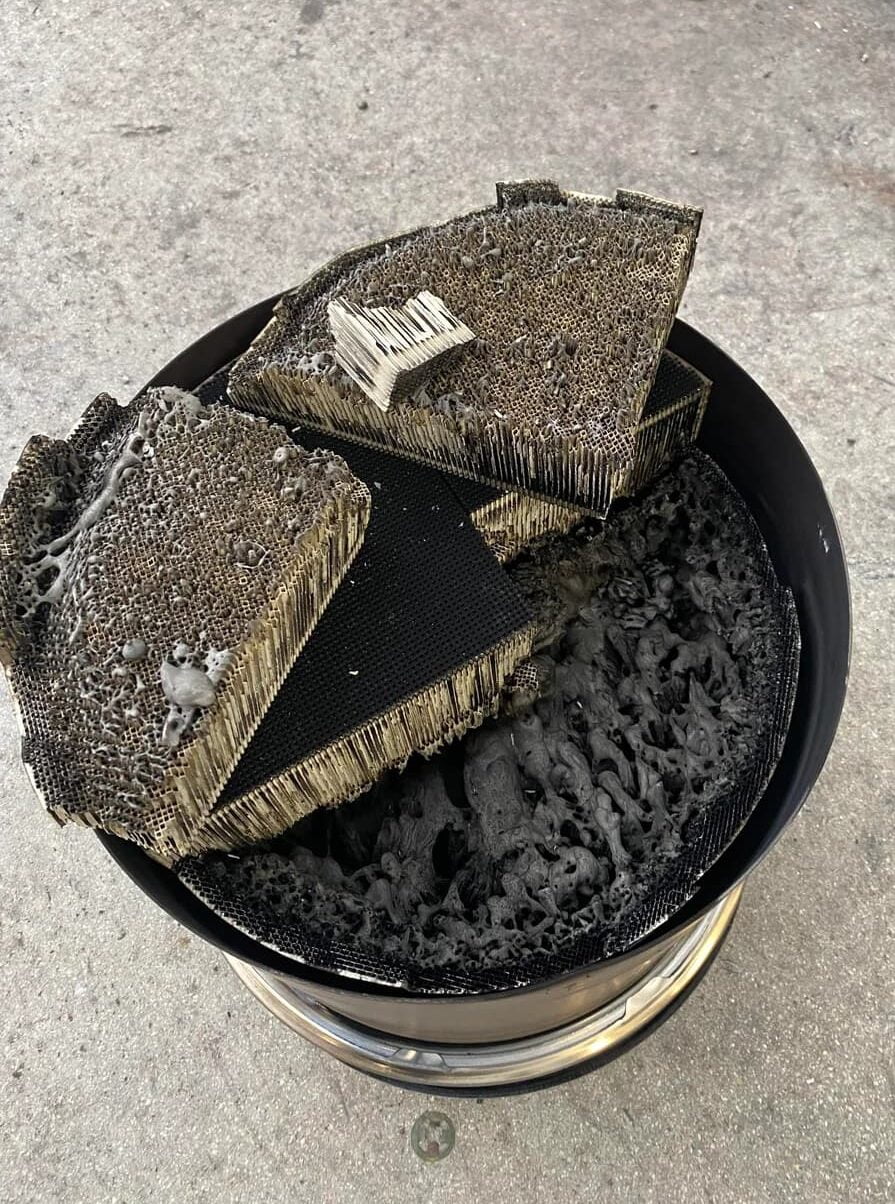Premium DPF Cleaning & Restoration
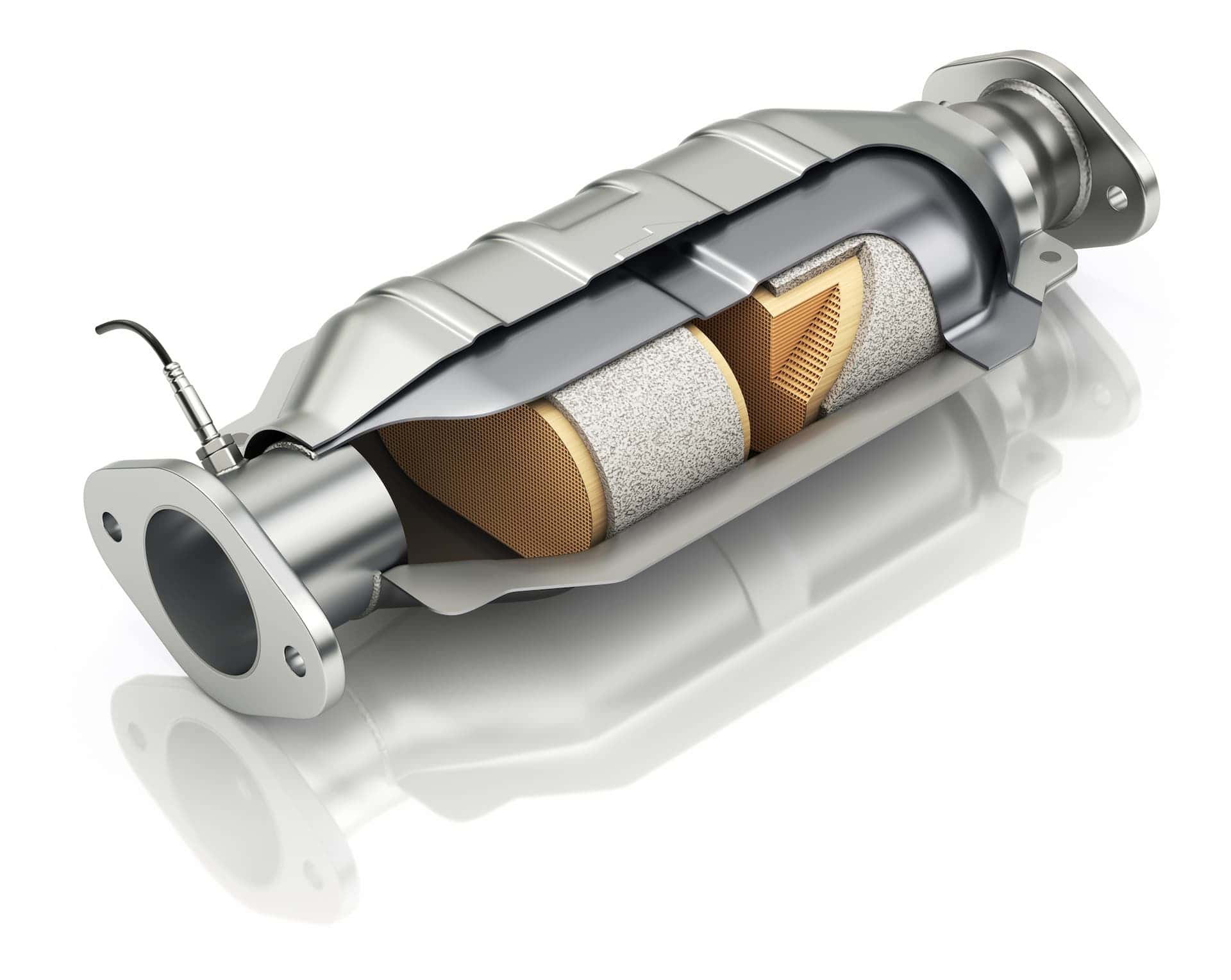
Professional DPF cleaning tailored to your vehicle
Our signature DPF filter cleaning process
Your vehicle will undergo our specialised procedure. It will take at least 3 hours to complete the process.
Chemical cleaning
The soot in your DPF filter will be chemically softened (see videos below).
Manual regenaration
Your vehicle will be electronically put on regeneration mode via our diagnostic tool.
Hydrogen carbon cleaning
A hydrogen carbon clean of your engine will be performed to maximise the quality of our treatment.
Oil replacement
The dirt and soot removed by the previous processes will have contaminated the oil. We will replace it with quality new oil.
Fuel additive
We will add a fuel additive to your diesel tank to increase fuel efficiency.
Advanced cleaning for the most stubborn filters
Complete filter removal and intensive high-pressure machine cleaning process.
Deep restoration service that provides the most thorough cleaning possible for heavily clogged filters.
Your car will be back to you in about 1 day.
Put the Dirty Filter In
Out technicians take the dirty DPF filter out of the vehicle and put it inside the cleaning machine, like a washing machine for car parts..
Test How Dirty It Is
The machine tests the filter to see exactly how clogged it is – like checking how hard it is to blow air through a dirty straw.
Blast and Burn
Using a super-strong air pressure and very high heat to blast out soot particles and burn away the stubborn dirt that’s stuck inside.
Deep Clean with Chemicals
Special cleaning chemicals wash through the filter to dissolve any remaining particles that the air and heat couldn’t remove – like using soap to clean dishes that water alone can’t clean.
Test and Finish
The filter is rinsed out of all the soap-like chemicals with a blow of hot air, and then tested again to check the improvement of the cleaning. Finally, your restored DPF is installed back into your vehicle.
What is DPF filter cleaning?
Diesel engines are known for their fuel efficiency and torque, making them a popular choice in various vehicles, from cars to trucks. However, diesel engines produce particulate matter (soot) as a byproduct of combustion. To address the environmental impact of these emissions, modern diesel vehicles are equipped with a Diesel Particulate Filters (DPFs).
DPFs are components in the exhaust system designed to capture and trap soot particles. They consist of a ceramic or metallic honeycomb structure with microscopic channels that trap the particulate matter. As the soot accumulates, the DPF undergoes a process called regeneration to burn off the trapped particles and maintain its efficiency.
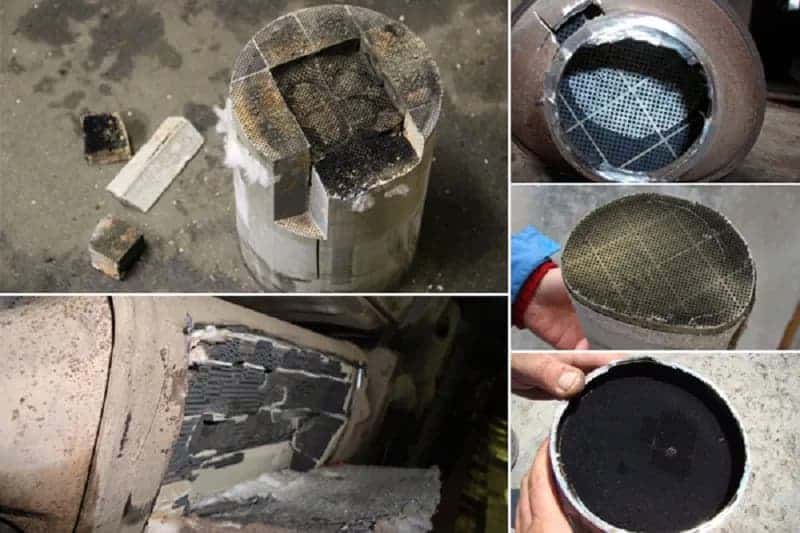
The Need for DPF Cleaning
While regeneration is a self-cleaning process, certain driving conditions can hinder its effectiveness.
- Short trips,
- frequent stop-and-start driving,
- and low-speed driving
can limit the DPF’s ability to reach the necessary temperature for regeneration. Over time, this leads to an accumulation of soot and ash, potentially clogging the filter.
DPF cleaning becomes necessary when the filter reaches a saturation point where normal regeneration is insufficient to clear out the accumulated material. If not addressed promptly, a clogged DPF can have significant consequences for both the vehicle and the environment. And your pocket!
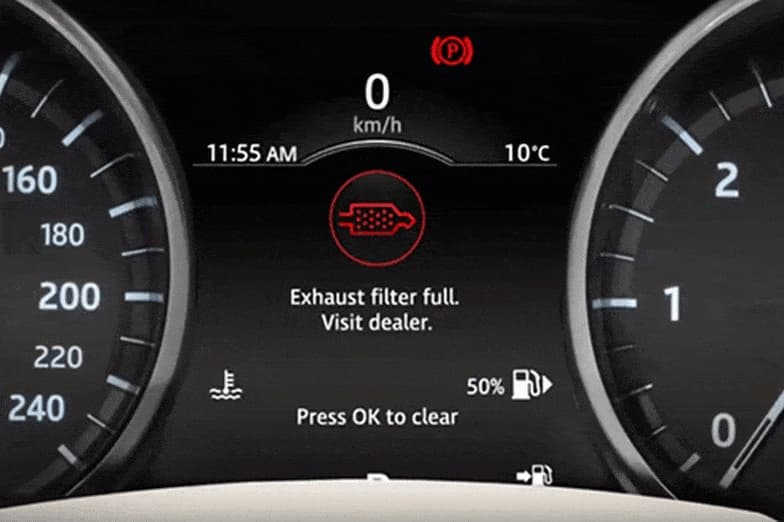
Consequences of neglected DPF
Reduced Performance
A clogged DPF restricts the flow of exhaust gases, affecting engine performance. Reduced power, increased fuel consumption, and poor acceleration are common symptoms.
Increased Emissions
When a DPF is clogged, the engine may bypass the filter to maintain functionality, resulting in higher emissions. This defeats the purpose of having a DPF and contributes to environmental pollution.
Engine Damage
Excessive back pressure in the exhaust system caused by a severely clogged DPF can lead to engine damage. This can include turbocharger issues, exhaust manifold damage, or even engine failure.
Costly Repairs
Neglecting DPF maintenance can result in expensive repairs or replacement of the entire filter system. In some cases, it may require the replacement of other engine components.
